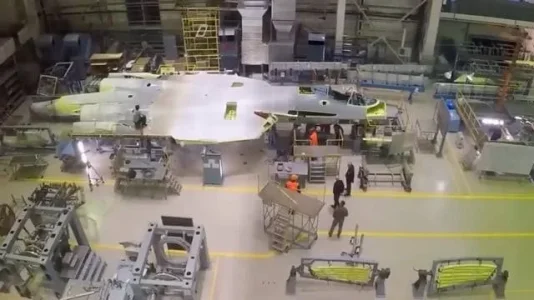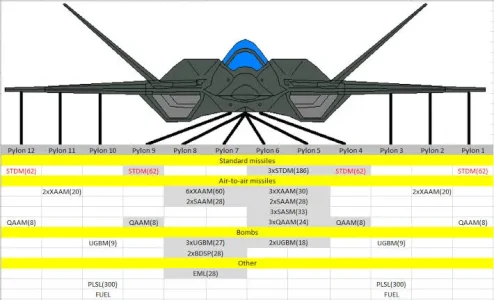In the humble opinion of this random defence nerd — who probably knows a thing or two about network topologies and C4I systems, though surely not as much as some of the strategic luminaries here — let me offer a small clarification on what I’ve been saying all along.
First, I never said stealth doesn’t matter or that India doesn’t need a 5th-gen fleet. I simply pushed back on the idea that stealth platforms like the J-35 are some silver bullet that would suddenly collapse the Indian IADS. That idea ignores the reality of how air defence ecosystems actually work.
What I did say was that the decisive factor in Operation Sindoor wasn’t the S-400 battery. It was the IACCS — the command-and-control nervous system that connected all the pieces together. Without that, the best radar or missile is just another emitter waiting to get hunted.
Now, let’s talk systems.
The Iranian system — whatever one wants to call it (Fakour C2, Rasool, Khatam al-Anbiya etc.) — is a relatively new effort at integrating a patchwork of legacy and indigenous systems. It’s best described as a star topology, where all sensor data is routed to a central node. There is no public evidence of automatic shooter assignment, lateral node communication, or collaborative targeting across sectors. So when F-35s penetrated Iranian airspace, they didn’t defeat a fused IADS — they walked through stovepipes.
The Russian system is more mature, but its architecture is fundamentally hierarchical — not distributed. The control flow moves from battalion to brigade to theatre to national level. This is reflected both in doctrine and in the underlying MTSS (Multiservice Transport Communication System) network, which is organized in rings and subrings, using X.25-style circuit switching — a stark contrast to India’s IP/MPLS-based AFNET. That matters because IP/MPLS supports dynamic rerouting and mesh-like survivability, while MTSS is inherently less flexible.
Within this tree-structured system, Russia uses systems like Polyana-D4M1 at the brigade level, and Universal-1E at higher echelons. However, there is no conclusive open-source evidence of routine cross-brigade collaborative fire assignments, even though in theory, Universal-1E supports broader coordination. In practice, collaborative targeting appears limited primarily to within the brigade’s command span. If a brigade node is destroyed or jammed, battalion-level fire units may lose upstream command unless manually re-tasked — which is not exactly resilience.
India’s IACCS, by contrast, is built on AFNET, an MPLS-encrypted IP backbone that allows any node to talk to any other, regardless of hierarchical position. That’s not just buzzwords — it enables cross-sector shooter assignment, low-latency cueing (1–2 seconds for high-priority targets), and redundancy. So yes — Ashwini can cold-cue an S-400, Rajendra can act as FCR for another platform, and even a Flycatcher can feed into the network. That’s a kill web, not a kill chain.
So I reiterate what I originally said: the hero of Operation Sindoor was not the radar or the missile — it was the invisible architecture that tied them together. IACCS was the secret sauce — not because it’s magical, but because it’s resilient, modular, and built for the threat environment we face. That’s not overconfidence. That’s engineering.
Now, on to the next strawman: that Russian IADS failures were just tactical lapses — site concealment, scoot delays, or poor camouflage — and not architectural. That assumes that tactical errors happen in a vacuum.
But let’s unpack that. Why are Russian SAM batteries failing to scoot fast enough? Why are they exposed long enough to be hit by ATACMS or Neptune strikes? The answer isn’t just poor drills — it’s a consequence of how their C4I architecture works.
In a hierarchical system, each brigade command is a node in a tree. Kill assignments and retreat cues flow down from brigade HQ to battalion-level units. If the brigade node is jammed, blinded, or destroyed — as has happened in multiple documented cases — the battalions lose orchestration. They cannot coordinate egress, reassign shooters, or share threat data horizontally. So when one brigade is isolated, you can saturate and collapse it. That is not a tactical failure. That’s a systemic one.
Compare that with IACCS. Even if a node is taken out — whether it’s a sub-sector command post or a comms relay — rerouting is automatic. Fire control and cueing can be reassigned laterally across sectors. Redundancy is baked in. That’s the definition of resilience. You can scoot not because your SOP says so, but because your network tells you it’s time.
Again I am not saying our system is some magical wand that has 100% kill rate, instead I am saying ours is more flexible in its architecture and hence better.
Now, let’s address the ominous specter of Chinese ISR and the supposedly unstoppable J-35.
In the humble opinion of this random defence nerd — who may not have attained the cosmic enlightenment required to equate “stealth + satellite = air defence collapse,” but has read a few radar papers — let me explain why this argument doesn’t hold up.
Stealth is not invisibility. ISR is not omniscience. That’s precisely why India has spent the last decade building a distributed, multi-band sensor architecture — integrating VHF and L-band long-range search radars for early detection of low-RCS targets, and X-band fire-control radars like Rajendra or Flycatcher for terminal engagement. These radars are not meant to compete with stealth; they’re meant to outmaneuver it through cue-based activation and time-sharing. Ashwini may spot the ghost, but S-400 does the haunting.
Now, some claim that Chinese ISR satellites will hand Pakistan the holy grail of real-time targeting. Yet we just saw this play out. During Operation Sindoor, Chinese ISR — reportedly involving Yaogan and Gaofen constellations — supported Pakistani planning. Result? Not a single S-400, MR-SAM, or other high-value AD asset was hit. Either the ISR wasn’t timely, or their C4I couldn’t exploit it fast enough. And remember: the few vector attacks that were attempted failed — either because the target had moved, or the interceptor reached it first.
That’s the point: ISR gives you data. Exploiting that data in time — before the launcher displaces or before your munitions get intercepted — is the real challenge. That’s where India’s kill web outclasses theirs.
And even if that J-35 shows up, it’s not flying through a vacuum. It still has to approach the Indian airspace. It still has to launch PGMs. And those PGMs — whether ALBMs or cruise missiles — are not stealthy. They can be intercepted. Our low-level X-band radars will be forward-deployed, silent, and waiting. The entire point of distributed IADS is that no single missile or plane brings it down — the system adapts.
As for ISR satellites — there’s an answer for that too. India has already begun fielding satellite jammers and passive deception systems. Infrared decoys. Radar reflectors. Multi-spectral camouflage. Not to mention we know satellite pass timings to the second. If it becomes necessary, docking and denial systems — like co-orbital counterspace assets — are being quietly explored too. You jam what you can, spoof what you can’t, and move before they can kill. If anything it’s a call to invest in more counter satellite and our own space based capabilities.
Look, no IADS is 100% foolproof — not ours, not Russia’s, not anyone’s. Every defensive architecture has vulnerabilities, especially against a thinking adversary. But to leap from that truth to the idea that a J-35 will suddenly waltz through Indian airspace and vaporize our defences unchecked — and that our only viable counter is a panic-bought F-35 fleet we can’t afford, can’t integrate, and can’t support operationally — is a stretch I’m not willing to make.
And I have said this repeatedly, and I’ll say it again: as of today, there is no fifth-generation fighter on the market that fits our operational, financial, and integration requirements. If such a platform emerges — one we can afford, maintain, and plug into our C4I infrastructure without disrupting the ecosystem — we’ll buy it. Until then, we work with what we have and double down on the invisible advantages we’ve already built.
reality bites.. that's why crying nd squealing.





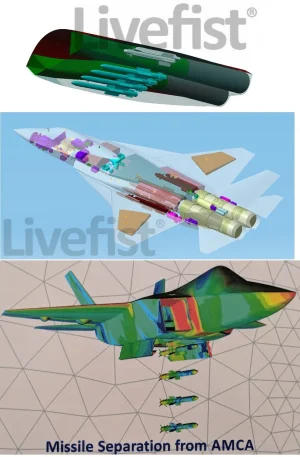
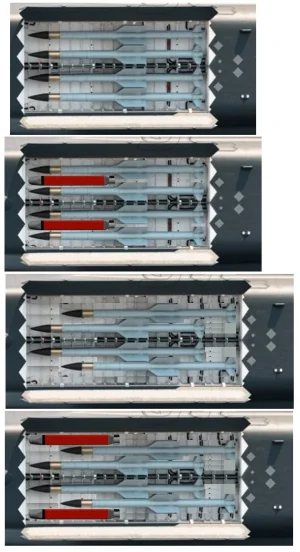




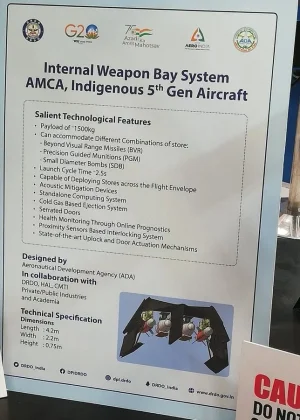
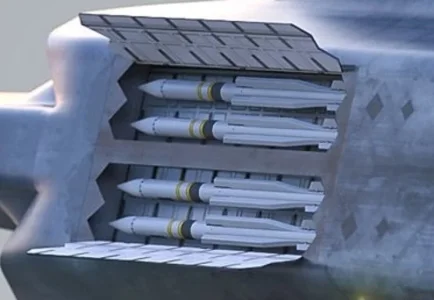









 =
=